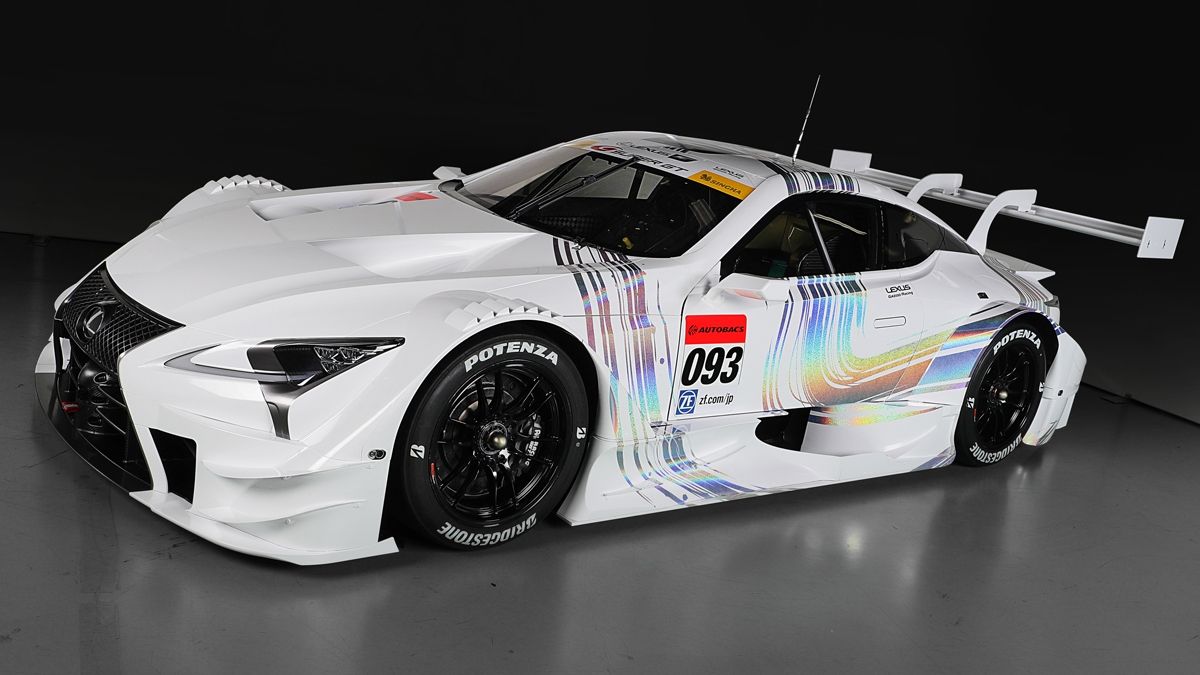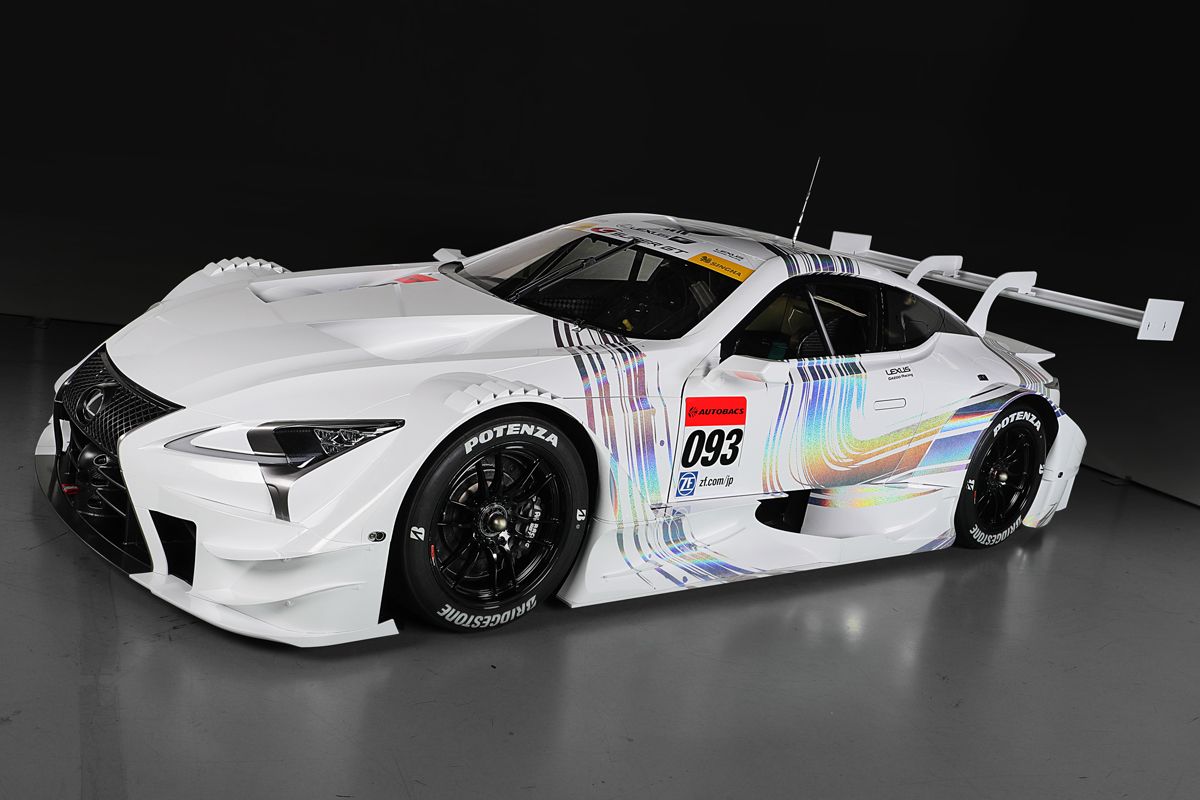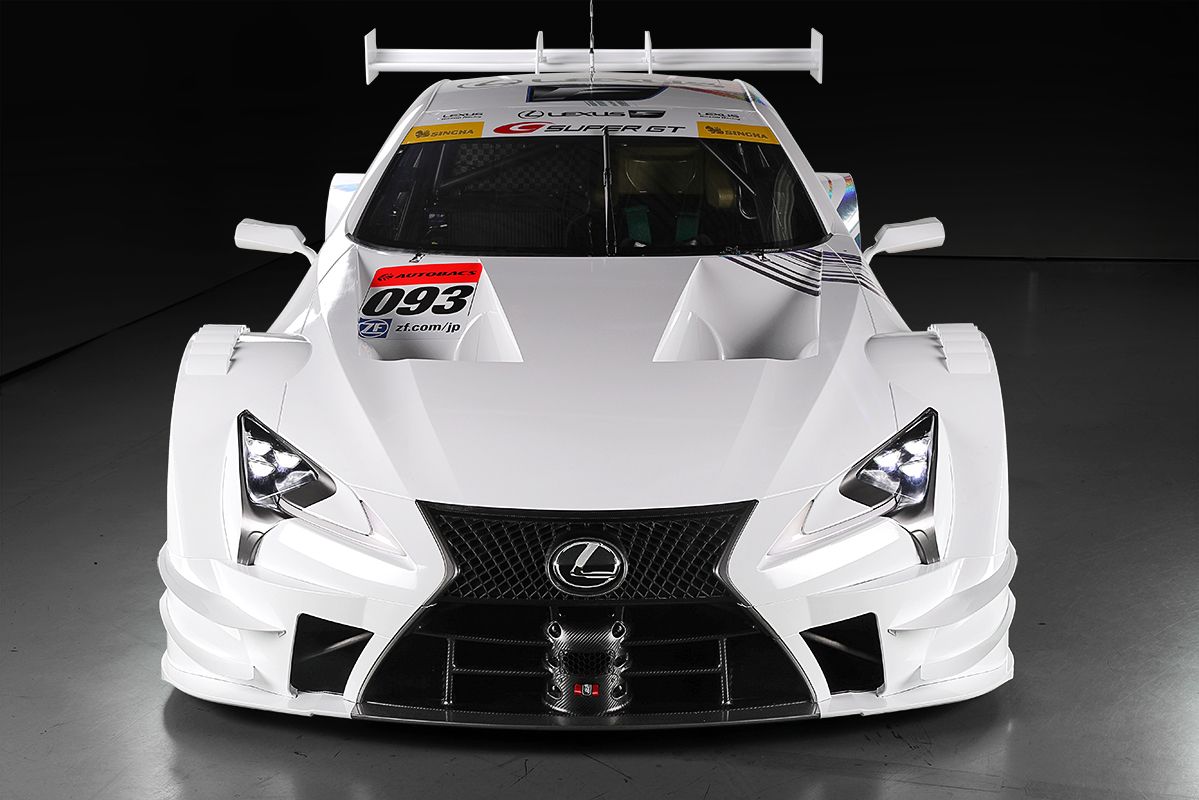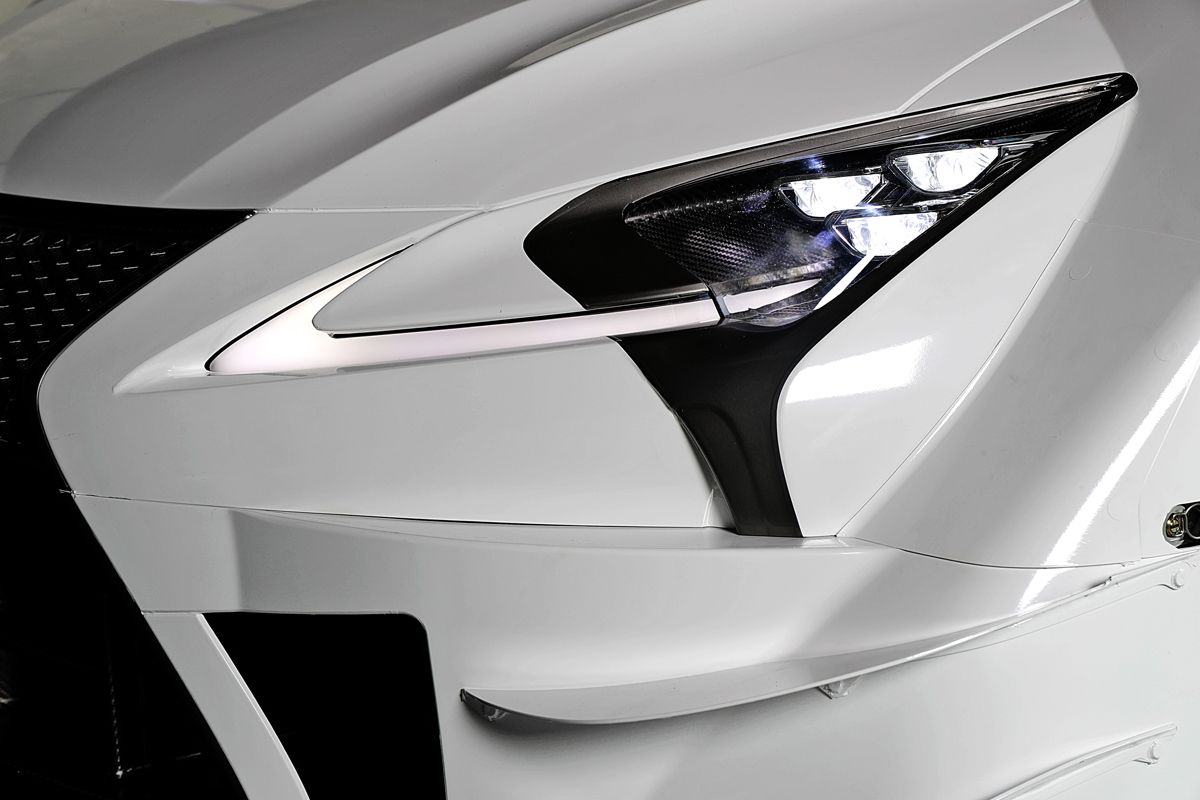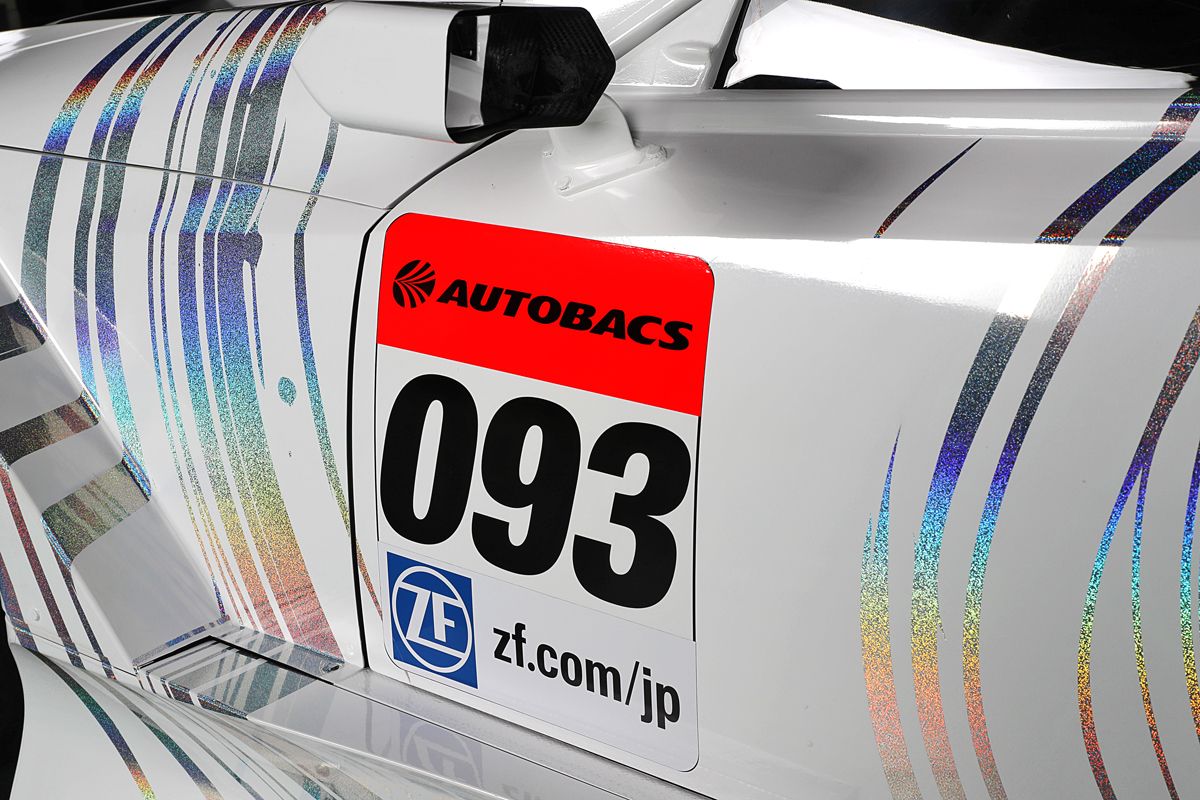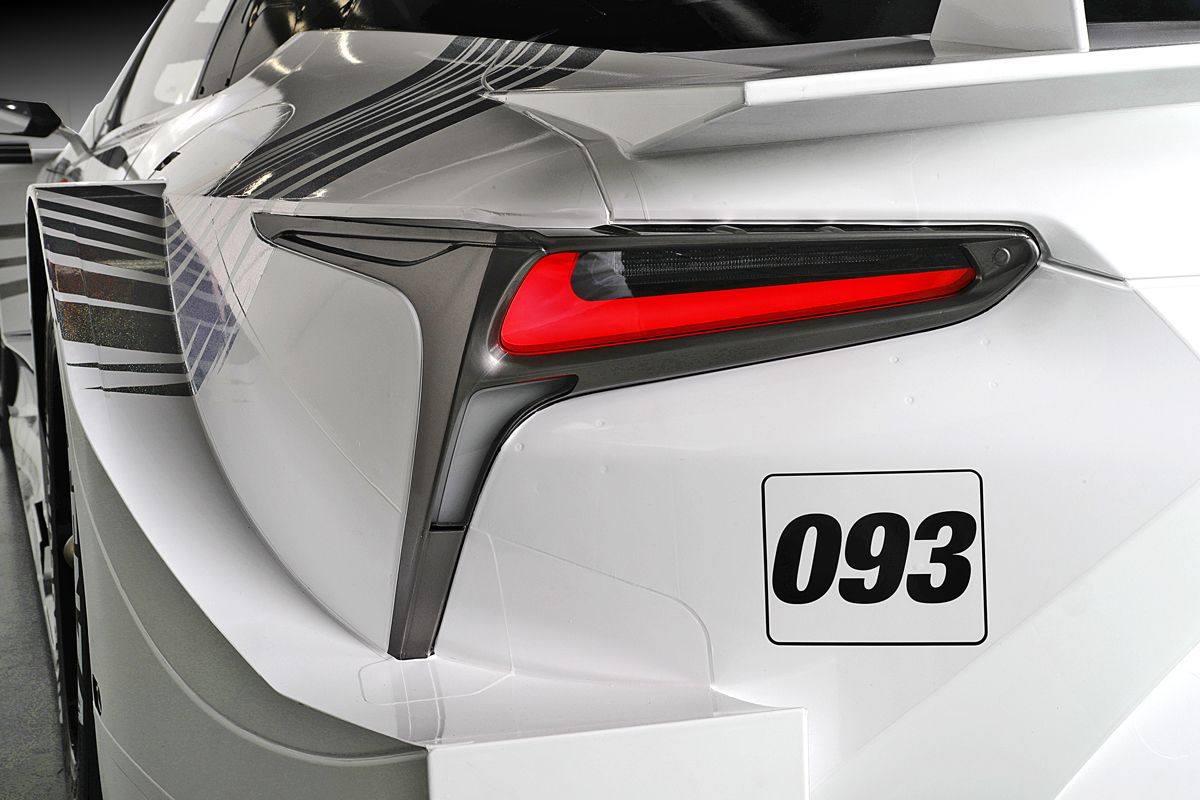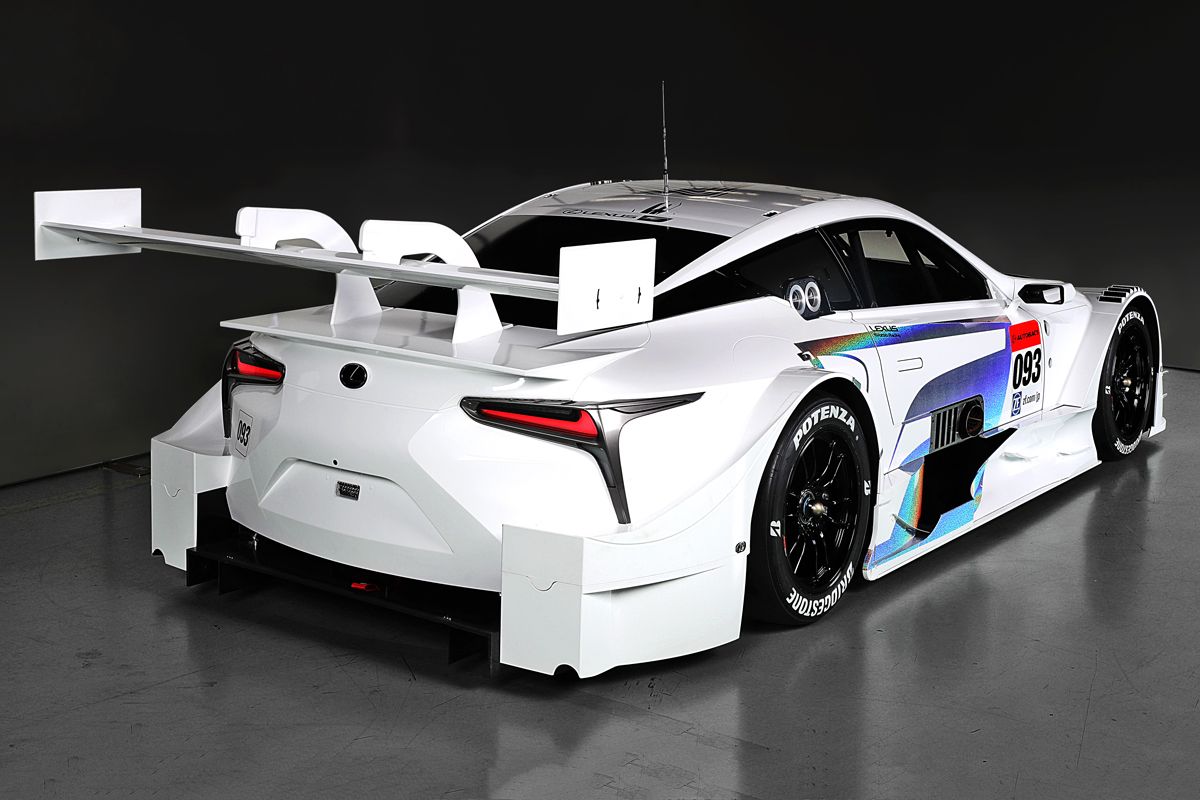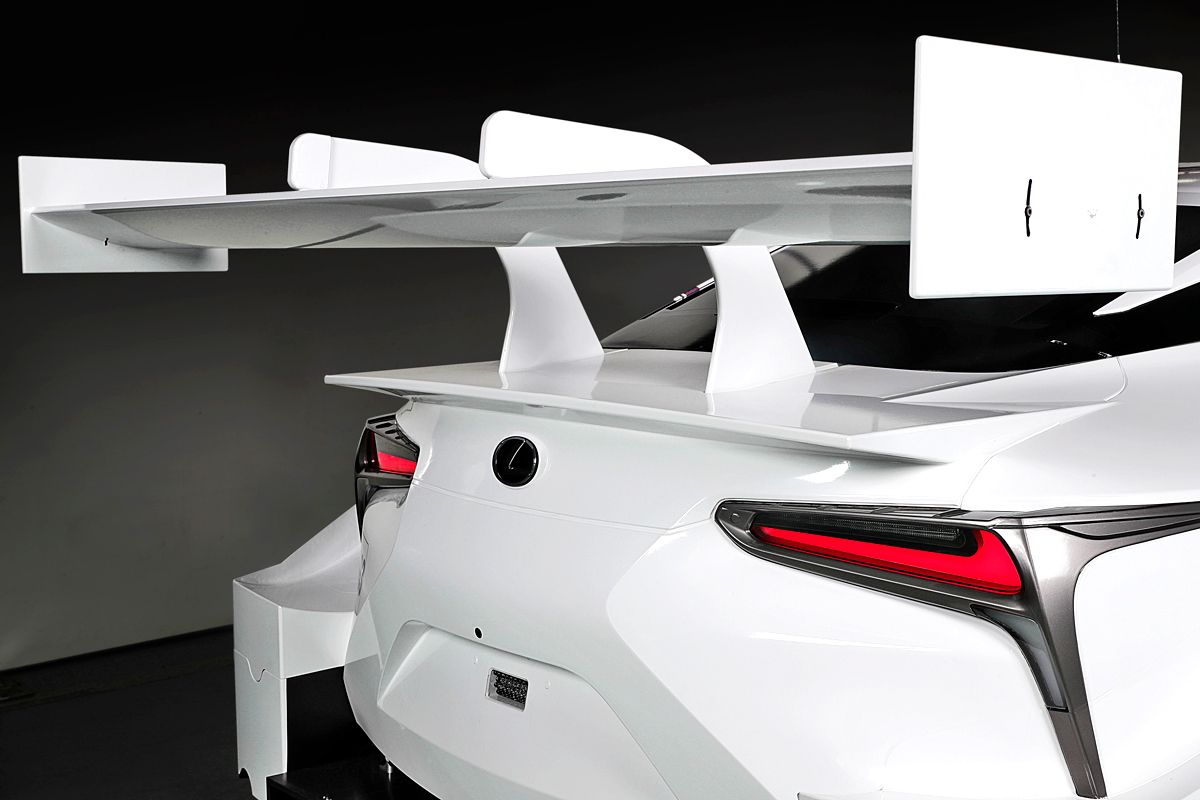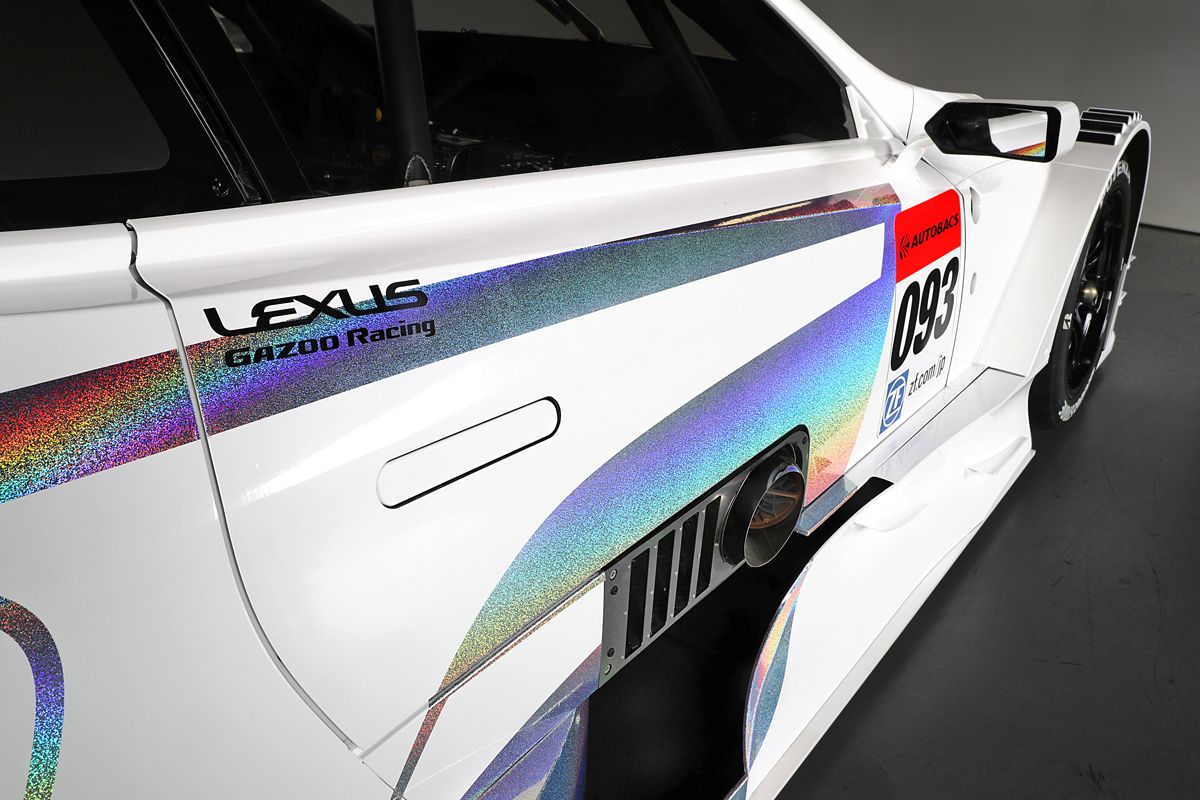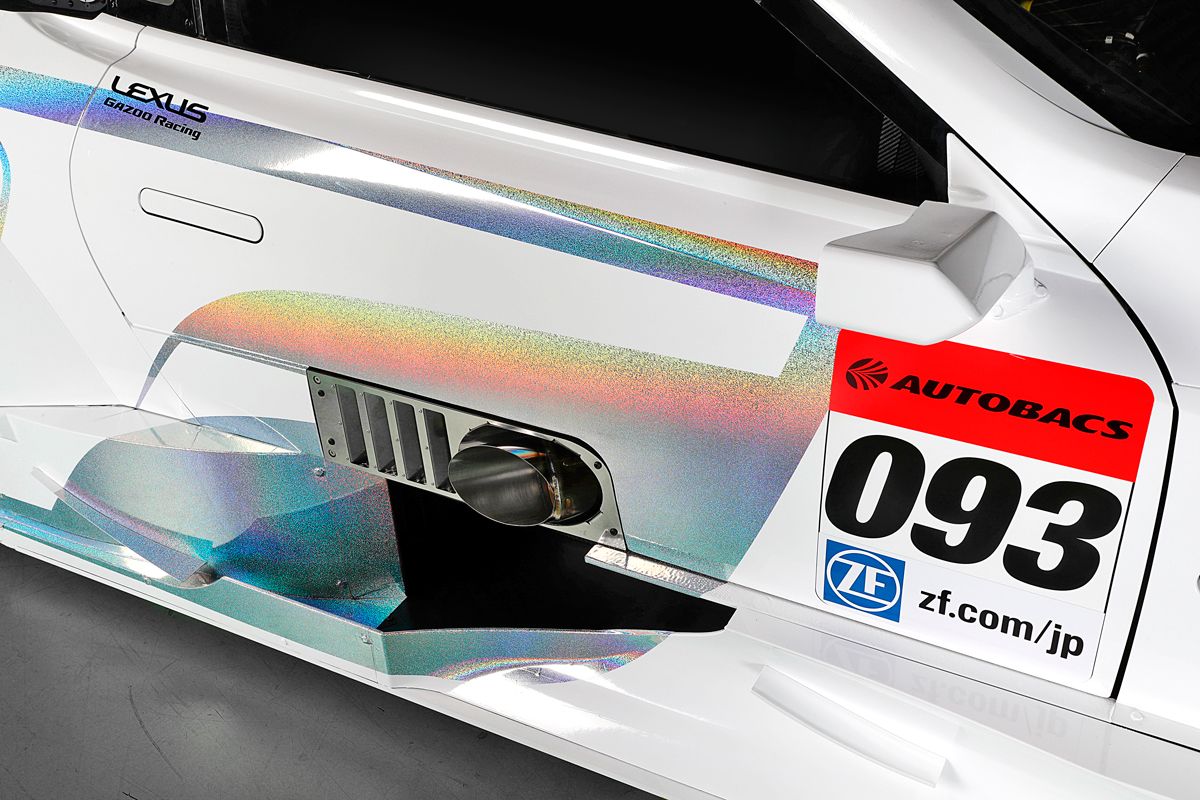The Lexus LC500 arrived at the 2016 Detroit Auto Show before taking its place as the company's range-topping coupe. Downright gorgeous to look at and offered with a powerful V-8 engine and a hybrid drivetrain, the LC500 slots above the RC, filling a void that Lexus had in its lineup ever since the LFA was discontinued in 2012. For 2017, the big coupe is also set to replace the RC F in the Super GT, Japan's famous grand touring racing series.
Although it came out of the blue and was a well kept secret since its inception, the race-spec LC500 isn't exactly a surprise. Sure, the vehicle is larger than the RC F and its luxury-oriented purpose on the road doesn't recommend it for track use, but Toyota's racing department has made conversions like that in the past. The LFA is obviously the best example.
So why is Lexus replacing the RC F in the GT500 class of the Super GT series? Well, the Japanese firm has yet to release a statement, but likely Gazoo Racing has developed a better package for the LC500 and thinks that the larger coupe stands a better chance against the Nissan GT-R. In case you're not familiar with the Super GT series, Nissan has won every championship since 2011 -- except for the 2013 season, won by Lexus -- and is about to win the ongoing battle too.
We don't know much about the race-spec LC500 for now, but the coupe will make its racing debut in 2017 and testing will begin starting September 2016. Until Lexus releases some official data, let's find out more about it in the review below.
Continue reading to learn more about the Lexus LC500 Super GT500.
2017 Lexus LC500 Super GT500
- Make: Array
- Model: 2017 Lexus LC500 Super GT500
- [do not use] Vehicle Model: Array
Exterior
Although it remains recognizable as a Lexus, the Super GT race car is quite an aggressive beast compared to the sporty, yet still elegant LC500. Up front, the headlamps and the Spindle grille are still there, but everything else was reshaped. Just like any track car on steroids, it features massive fender flared, a vented hood with two massive scoops, a redesigned fender with all sorts of new intakes and winglets, as well as a carbon fiber diffuser. The lower area of the main grille has also been redesigned in order to improve cooling and aerodynamics. The vertical headlamp trim has been shortened, while about a third of each headlamps has been covered with white plastic caps.
Moving onto the sides, the massive fenders are connected by equally big side skirts, while the doors have been modified to incorporate large exhaust pipes and vents. The side mirrors have been aerodynamically enhanced, while the standard wheels have been replaced by lightweight, race-spec rims wrapped in Bridgestone tires. Around back, the car retains the standard fascia and taillights, but but the apron was replaced by a carbon-fiber diffuser and the arches extensions of the rear wheel arches. A new spoiler and a massive, fixed wing were mounted atop the trunk lid. Needless to say, the LC500 Super GT500 is one menacing Lexus and arguably the most aggressive-looking LC500 we'll ever see. Unless the company doesn't built some sort of aero monster for the Pikes Peak International Hill Climb, that is!
Interior
There aren't any photos of the race car's interior, but that's far from surprising, as automakers rarely allow us to get a glimpse of the interior until the final version hits the track. However, based on previous GT500-spec Lexus cars and Super GT series regulations, it's safe to assume that the interior will ditch all of the road car's fancy features. The dashboard is likely the only feature that remains in place, but its lower section was removed to make way for a new center tunnel and a carbon-fiber center stack. The latter houses most of the car's race-spec switches and knobs, as well as a small display providing all sorts of important data during the race.
The instrument cluster also received some changes in order to incorporate some more race information vital to the driver. A lighter steering wheel wrapped in Alcantara replaces the more intricate unit in the road car, while the standard seats are ditched in favor of a race-spec, Recaro driver's seat with a multi-point harness. Lightweight door panels, a rollcage, and a fire extinguishing system round off the extreme cabin.
Drivetrain
As per Super GT Series regulations, the race-spec LC500 gets its juice from a turbocharged, 2.0-liter four-cylinder engine. These specifications have become mandatory in 2014 and will continue to be used in 2017, when the LC500 will make its track debut. There's no specific word on horsepower, but GT500-spec cars usually produce in excess of 600 horsepower. Gazoo Racing did say that the powerplant mates to a six-speed sequential transmission.
For reference, the road-going LC500 uses a naturally aspirated V-8. Displacing 5.0 liters, the unit is identical to that used in the RC-F and GS-F and pumps 467 horsepower and 389 pound-feet of torque. The transmission is a 10-speed automatic. The coupe is also available as a hybrid, using a 3.5-liter V-6, an electric motor, and a lithium-ion battery pack. Total output is estimated at 354 horsepower.
Competition
Nissan GT-R Nismo GT500
Also a beefed-up version of the road car, the GT-R Nismo GT500 has been raced in the series for quite a few years, in addition to its predecessor being a traditional presence in Japan's most important motorsport competition. The current-generation GT-R won its first championship in 2008 and it has been dominating the series since 2011, winning four out of five seasons, missing out in 2013, when Lexus grabbed the top spot with the SC430. The GT-R is likely to win the 2016 championship as well, with Tsugio Matsuda and Ronnie Kovalainen already several points ahead of the pack with three races to go.
Read our full review on the Nissan GT-R Nismo GT500 here.
Honda NSX-GT
Loosely based on the Acura NSX you can find in U.S. dealerships, the NSX-GT joined the series back in 2014, when it replaced the HSV-010 GT. Even though it proved competitive in its first two season in the Super GT Series, it failed to rise above the Nissan GT-R and has yet to match the performance of its predecessor. With the NSX-GT, Honda is hoping to win its first championship since 2010 and the second since the new series was established in 2005. In 2016, no fewer than five teams are using the NSX-GT, but the car has yet to win a race in the GT500 class.
Read our full review on the Honda NSX-GT here.
Conclusion
Unlike Nissan, Lexus has changed its vehicle of choice for the Super GT series quite often in recent years. The SC430 was retired at the end of the 2013 season, after winning the championship, and a new race car based on the RC F coupe was brought to the track against the GT-R. The RC F failed to defeat the Nismo-prepped racer and it appears it will do the same in 2016 too. Under these circumstances, it's safe to assume that Lexus has pretty high hopes for the LC500. Given the RC F's struggle, it's not to say that the new race car has big shoes to fill, but Lexus needs to see better results after pouring a lot of cash into Gazoo Racing for a new GT500 fighter. And needless to say, it's one of the company's last change to defeat the GT-R before the next-gen car arrives and spawns an even better race car.

